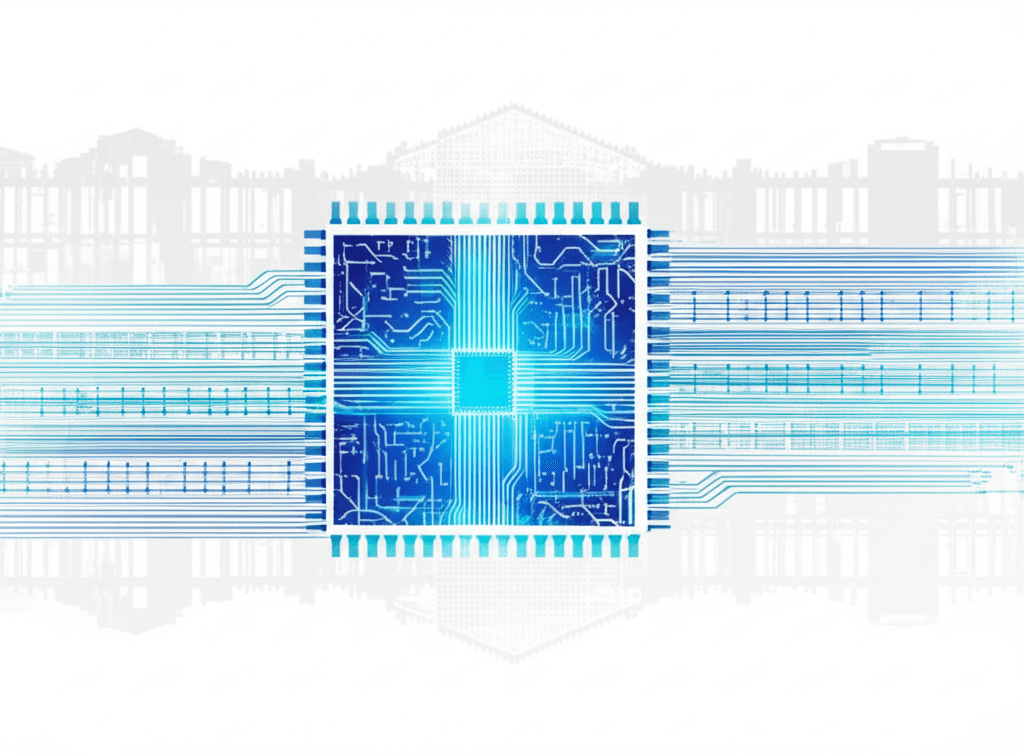NAAC deploys AI to transform university accreditation, ending physical inspections.
AI takes the reins: India's NAAC ends physical inspections for transparent, efficient, and widespread HEI accreditation.
July 30, 2025

In a landmark overhaul of its decades-old evaluation process, the National Assessment and Accreditation Council (NAAC) is set to launch a transformative AI-driven accreditation system in August 2025, discontinuing the traditional physical peer-review inspections for most institutions. This monumental shift aims to address longstanding issues of transparency, integrity, and efficiency that have plagued the current system, while dramatically expanding the number of accredited higher education institutions (HEIs) across India. The new framework, built on a foundation of digital verification, data analytics, and stakeholder feedback, signals a significant leap towards a more objective and scalable model for quality assurance in Indian higher education, creating a vast new landscape for AI technology in the education sector.
The impetus for this radical reform stems from persistent criticism of the existing methodology, which has been marred by allegations of corruption, subjectivity, and logistical delays.[1][2] The system of on-campus visits by peer teams, which accounted for 30 percent of an institution's score, faced integrity concerns, with accusations of bribery and manipulation to secure favorable grades.[3][1][2] A Central Bureau of Investigation (CBI) probe into an Andhra Pradesh-based institution, where officials allegedly bribed inspectors for a better rating, highlighted the vulnerabilities of the physical inspection model.[1][4][2] NAAC officials have described the move to a technology-driven process as a "surgical strike" against corruption, designed to make the evaluation process more transparent since every stage will now be recorded and data-driven.[4][2] Beyond corruption, the old system was slow and resource-intensive, resulting in a significant backlog and a low percentage of accredited institutions; currently, only about 40% of universities and 18% of colleges in India are NAAC-accredited.[5][3][6][7] The new system aims to rectify this by accrediting over 90% of HEIs within the next five years.[5][3][6]
The new framework is anchored by a two-tier accreditation model designed to be both inclusive and rigorous. The first level is a "Binary Accreditation" system, which simplifies the outcome to either "Accredited" or "Not Accredited," replacing the previous multi-tier grading scheme (from A++ to D).[8][9] This binary approach is intended to encourage mass participation, especially from institutions that have previously avoided the complex accreditation process, by focusing on meeting essential quality benchmarks.[10][9] To achieve basic accreditation, universities will be judged on 55 indicators, autonomous colleges on 50, and affiliated colleges on 40, with minimum qualifying scores of 50%, 45%, and 40% respectively.[5][3][6] For institutions seeking a more detailed evaluation of their capabilities, the second tier offers a "Maturity-Based Graded Accreditation" (MBGA).[3][11] This system features five distinct levels, from Level 1 to Level 5, with the complexity and number of evaluative parameters increasing at each stage.[3][11] While physical visits are eliminated for the basic binary accreditation, they may be reintroduced in a hybrid format (combining online and on-site elements) for institutions applying for the higher maturity levels, specifically from Level 3 onwards, to maintain robust checks and balances.[3]
At the core of this transformation is the integration of artificial intelligence and a centralized data platform known as "One Nation, One Data" (ONOD).[12][13] This platform will serve as a single, verified source of information for all higher education regulatory bodies, including the University Grants Commission (UGC), AICTE, and the National Institutional Ranking Framework (NIRF).[13][14][15] HEIs will be required to submit their data—covering faculty, student performance, infrastructure, and research output—through digitally verified documents only once a year.[13][15] This eliminates redundant data entry and prevents institutions from submitting conflicting information to different agencies.[15] AI and machine learning algorithms will then process this vast repository of data, analyzing institutional claims for credibility and authenticity.[6] Instead of relying on small peer teams, the system will use AI to generate questions based on the submitted data, which will then be distributed to a large, randomized pool of around 100 assessors, including academics and industry experts, for remote evaluation.[6] This data-driven, stakeholder-validated approach is expected to significantly enhance objectivity and reduce human bias.[5]
The comprehensive reforms, based on the recommendations of a committee led by former ISRO chairman Dr. K. Radhakrishnan, are aligned with the goals of the National Education Policy (NEP) 2020, emphasizing innovation, outcome-based education, and internationalization.[3][10] The new framework will also apply to foreign universities establishing campuses in India, ensuring a uniform quality standard across the board.[3][6] For the AI industry, this pivot to a technology-first evaluation system represents a paradigm shift. It creates a substantial demand for robust, secure, and sophisticated AI-powered ed-tech solutions capable of handling complex data validation, analytics, and reporting. The "One Nation, One Data" platform itself is a massive digital infrastructure project that will require continuous technological support and innovation.[12] As India pushes to increase its Gross Enrolment Ratio and enhance the global standing of its universities, this AI-powered accreditation system is positioned as a critical enabler, promising to deliver a more credible, transparent, and efficient quality assurance mechanism for the future of Indian higher education.